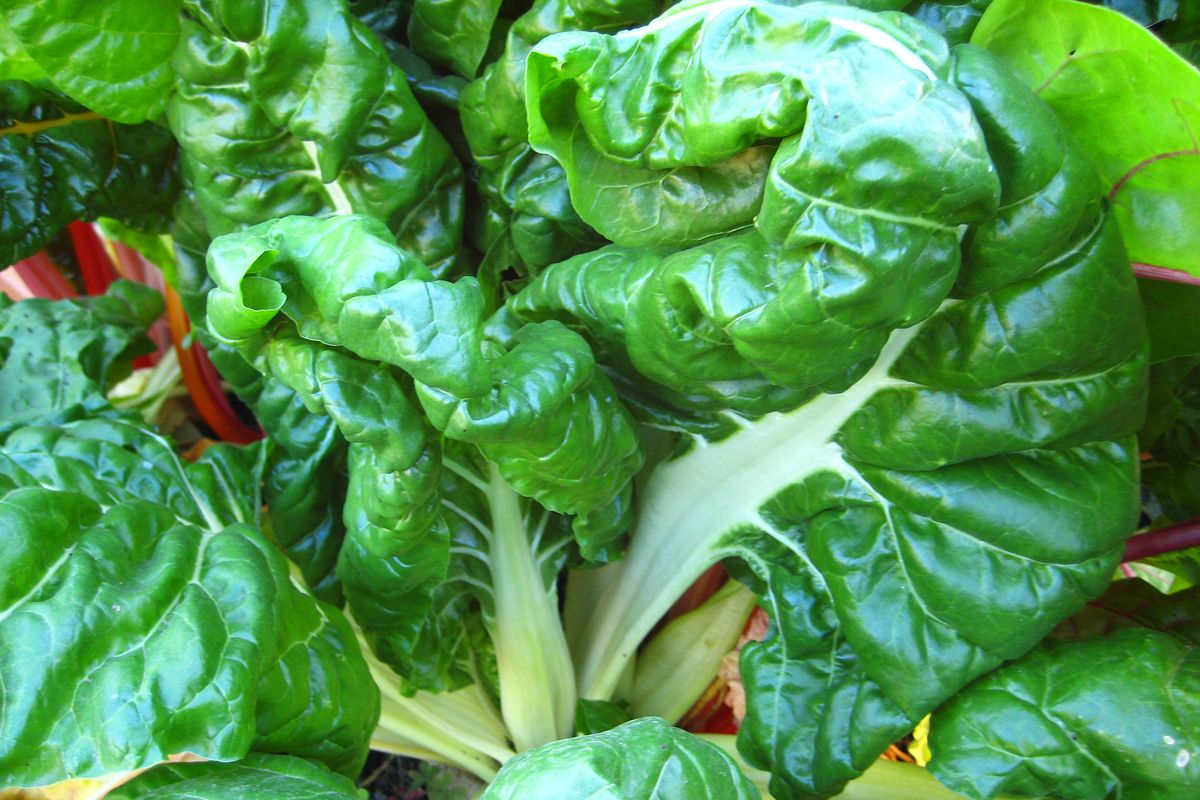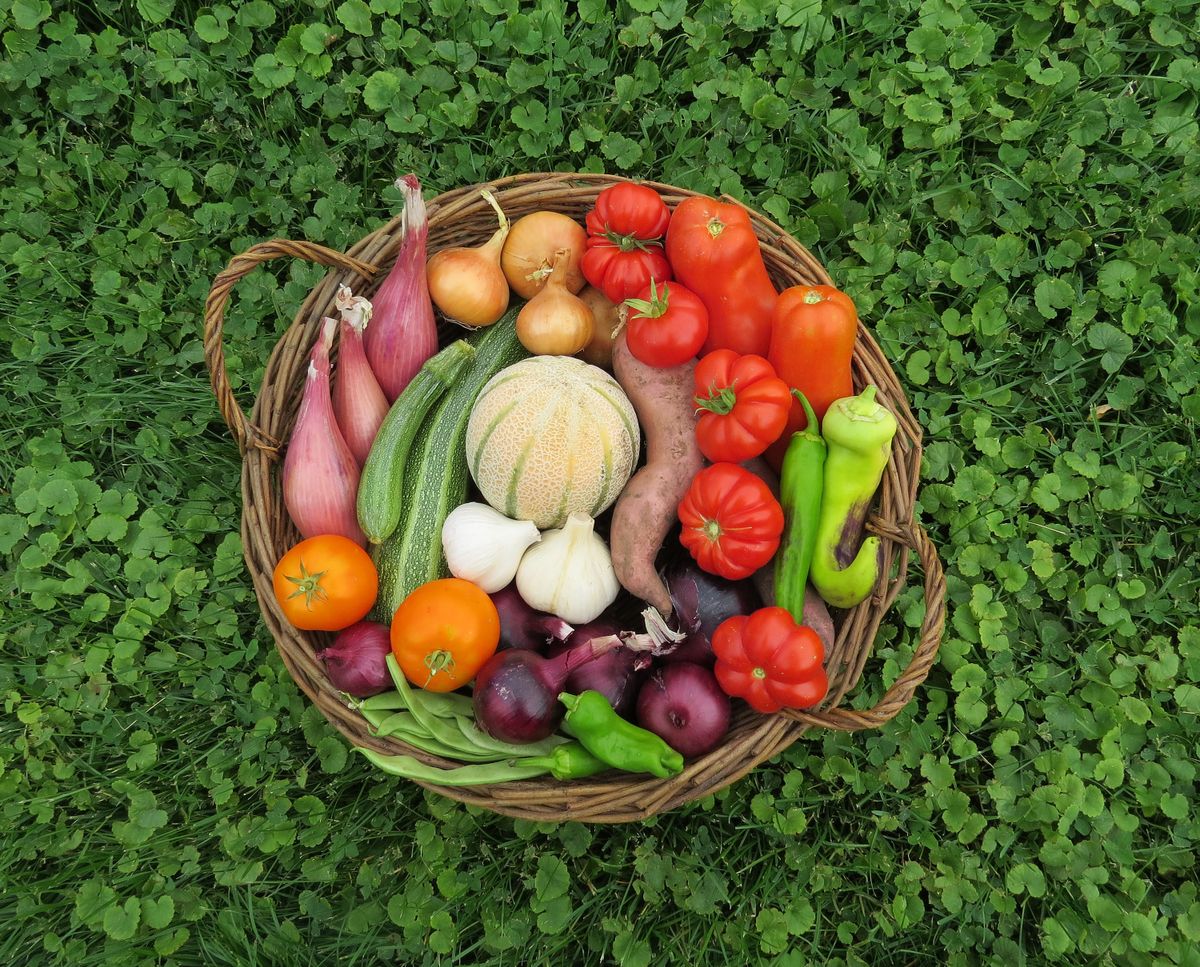In the Garden: What to do with your bountiful harvest
If you’re inundated with Swiss chard leaves, it’s possible to saute and freeze them for later use. (SUSAN MULVIHILL/FOR THE SPOKESMAN-REVIEW)Buy a print of this photo
How’s your vegetable garden coming along? At this point in the season, we all tend to feel overwhelmed by the frequency of the harvests from the plants we’ve been tending. Fortunately, there are many ways to preserve the harvest so you can enjoy them over a long period of time.
Let’s take a look at when to harvest some popular crops and methods for storing or preserving them:
Beans, bush and pole – To get as many beans as possible, be sure to harvest them frequently while they’re tender and at their best. Snap them into bite-sized chunks, put them through the blanching process and freeze them in freezer bags. Blanching involves boiling the prepared produce for a set period of time and plunging them into cold water to stop the cooking action. Refer to the information box for two excellent sources that specify the recommended amount of boiling time.
Broccoli – For the best possible taste, harvest this yummy vegetable when the heads are tight rather than when they start flowering. Blanching and freezing them is the best method for preserving them.
Corn – Pick the ears when the silks are brown and dry and the tip of the ear has filled out. If you planted more corn than you can eat, microwave the ears for 2 minutes each, cool them down, then freeze either whole ears or cut the kernels off the cobs.
Cucumber – Pick cucumbers while they are relatively young and the blossom-end is rounded. Aside from using the excess for making relish, you can also keep them fresh in your refrigerator by wrapping each one in a dry paper towel and placing them into a plastic bag. Ordinarily, fresh cucumbers have a very short shelf life but this method works great.
Garlic – Harvest garlic when the lowest four leaves have turned brown. Gently dig them up and place them into a cool, sheltered location until the stalks and skins become papery dry. Clip off the roots and stalks, then store the bulbs in a cool, dark place such as a basement.
Potatoes – Aside from sneaking some new potatoes when your potato plants are blooming, it’s best to wait until the plants get completely frosted in the fall before harvesting those buried treasures. Don’t spray the soil off the potatoes. Store them in a large, plastic bin filled with lightly-moistened straw. Move the bin to a cool location such as an unheated garage that won’t get below 40 degrees for the fall and winter.
Root crops – Harvest beets, carrots, parsnips and turnips when they are close to full size. Store them in a bin filled with lightly moistened straw in a cool location.
Squash, summer – Harvest zucchinis and other summer squash while they’re small and tender, rather than waiting until they’re the size of baseball bats. You can temporarily store them in the refrigerator by using the cucumber method mentioned above. Consider shredding some zucchini in the exact amount for your favorite recipes and freezing it. When you’re ready to use it, thaw the zucchini first in a colander where the excess moisture can drain.
Squash, winter and pumpkins – They must pass the thumbnail test before you harvest them. Press your thumbnail into the skin. If your nail cuts easily into it, let the squash continue growing; if it doesn’t, clip the squash from the vine, leaving about 2 inches of stem attached. Cure the squash or pumpkins in a warm, sunny area for 2 weeks prior to moving them into long-term storage in a cool, dark place such as a basement or on the floor of a closet.
No matter how your preserve your harvest, remember that it is crucial to handle and prepare each vegetable with food safety foremost in your mind. Always consult reliable sources such as those listed in the information box.
If you have too much produce to eat or preserve, help out your community by donating the excess to your local food bank.
Susan Mulvihill is author of “The Vegetable Garden Problem Solver Handbook” and “The Vegetable Garden Pest Handbook.” She can be reached at Susan@SusansintheGarden.com. Watch this week’s video at youtube.com/susansinthegarden.

